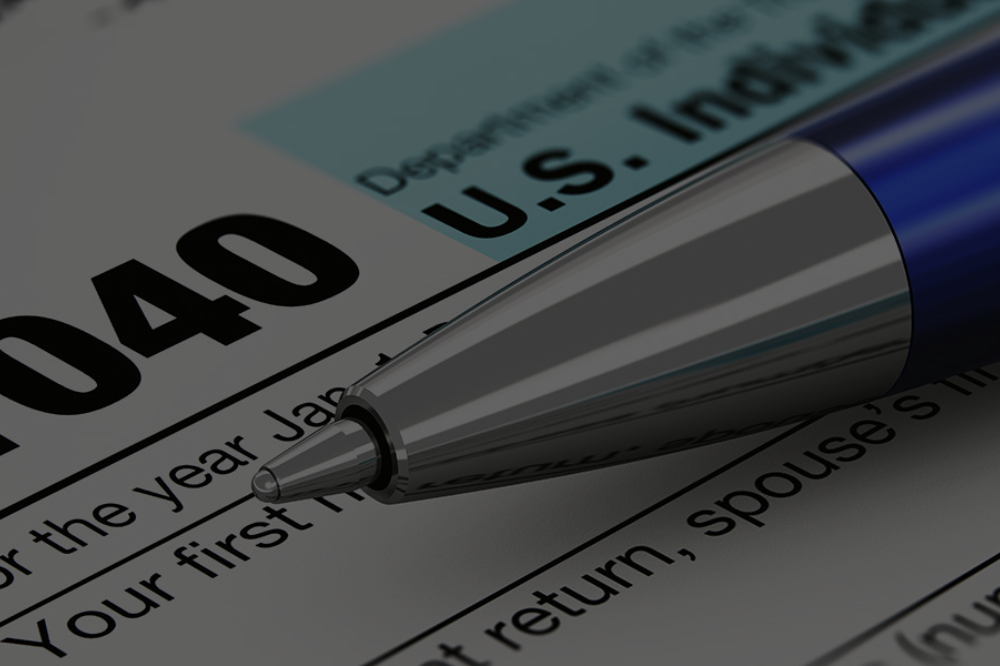Tax season can be both a relief and a source of stress. For many, the highlight of filing is receiving that long-awaited tax refund. But what happens when the days start ticking by, and your refund hasn’t arrived? Knowing how to track your refund can help ease the uncertainty and keep you informed.
This guide will show you how to check the status of your tax refund, explain potential delays, and provide tips to ensure timely processing.
How Long Does it Take to Receive a Tax Refund?
The time it takes to receive your tax refund depends on how you filed your return and your chosen method of payment.
- E-Filed Tax Returns: If you filed electronically and opted for direct deposit, you can expect your refund within 21 days, provided there are no issues with your return.
- Paper Tax Returns: If you mailed your return, your refund could take at least 4 weeks to process, possibly longer depending on when the IRS receives and reviews it.
For the fastest processing, filing electronically and selecting direct deposit is the best option.
Tools to Track Your Tax Refund
The IRS provides simple and effective tools to help you track your refund. Here’s what you need to know:
1. Where’s My Refund Tool
The “Where’s My Refund” tool is available on the IRS website. This easy-to-use option allows you to check the status of your refund as early as 24 hours after e-filing.
What You’ll Need to Access It:
- Your Social Security Number (SSN) or Individual Taxpayer Identification Number (ITIN)
- Your filing status (e.g., single, married, head of household)
- The exact amount of your expected refund
2. IRS2Go App
For those who prefer mobile access, the IRS2Go app is available on Apple’s App Store, Google Play, and Amazon. The app functions similarly to the online “Where’s My Refund” tool and lets you check your refund’s status or find nearby IRS assistance offices. Both tools update overnight, so if your status doesn’t change immediately, you may want to try again the following day.
Why is My Refund Taking Longer Than Expected?
If your refund is delayed, it’s important to understand what might be causing the delay. Common reasons include:
- Errors or Omissions in Your Return:
Mistakes such as math errors, missing information, or forgetting to sign your return can slow down processing.
- IRS Fraud Prevention Measures:
If the IRS detects any inconsistencies that may indicate identity theft or fraud, they may delay your refund to ensure accuracy.
- Tax Credits Impacting Timing:
If you claimed the Earned Income Tax Credit (EITC) or the Additional Child Tax Credit (ACTC), the IRS cannot issue refunds until mid-February under current laws. Refunds for these credits are typically received by early March.
- Outstanding Tax Obligations:
Refunds may be delayed if you owe taxes from prior years.
- Being Audited:
If your return is selected for an audit, this will add significant waiting time. To prevent delays in the future, ensure your tax return is complete, accurate, and contains all required signatures and documentation.
When to Contact the IRS
The IRS recommends reaching out only if:
- It’s been 21 days since you e-filed your return.
- It’s been more than 6 weeks since you mailed a paper return.
To contact the IRS, you can call 800-829-1040 between 7 a.m. and 7 p.m. local time, Monday through Friday. Be prepared for potentially long wait times, especially during tax season. You may also schedule an appointment at your nearest IRS Taxpayer Assistance Center for in-person help, as the IRS does not handle tax-related inquiries via email.
How to Ensure a Smooth Refund Process
While the IRS aims to process most refunds quickly, there are steps you can take to avoid unnecessary delays:
- File Electronically:
E-filing reduces the likelihood of errors and speeds up processing.
- Double-Check Your Return:
Ensure that all information is accurate, including your Social Security Number, filing status, and bank account details if opting for direct deposit.
- Keep Documentation Handy:
Have your W-2s, 1099s, and any other required forms organized and easily accessible in case the IRS requests additional information.
- Use Direct Deposit:
Choosing direct deposit allows the IRS to send your refund straight to your account, cutting delivery time significantly.
Additional Resources for Fast Refunds
Some tax preparation services offer refund advance loans to help you access funds sooner, although these often come with conditions. For example:
- H&R Block offers tax refund advances with amounts up to $3,500.
- TurboTax provides advances up to $4,000, requiring a Credit Karma account to receive the funds.
Make sure to carefully review the terms and fees associated with these services to ensure they suit your needs.
What to Do if You Haven’t Received Your Refund
If enough time has passed and your refund has still not arrived, here are a few steps to take:
- Check Refund Status:
Use the Where’s My Refund tool or IRS2Go app to verify your status.
- Review IRS Notices:
If there’s an issue with your return, the IRS should contact you by mail to explain the delay or request additional documentation.
- Contact Your Bank:
If your refund was approved but hasn’t appeared in your account, check with your bank to see if any issues have occurred.
Missing refund forms or undeposited checks can also be reissued by the IRS.
Don’t Wait for Your Refund in Uncertainty!
Waiting for your tax refund can feel nerve-wracking, especially when it’s money you rely on for day-to-day expenses. By using the tools and steps outlined in this guide, you can keep closer tabs on your refund and gain peace of mind. If you’re ready to file your taxes or need to amend your return, take the time to file electronically and opt for direct deposit to ensure the fastest possible refund!

